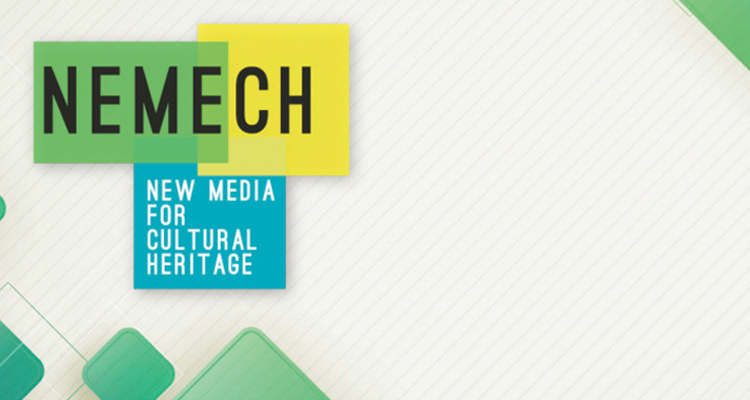Details
Presentation of “Archivio e Atelier Digitale: I Futuri della Memoria”
Saturday, November 30, 3:30 PM – Atelier Marco Bagnoli Montelupo Fiorentino (FI)
This is a unique opportunity to explore the fascinating intersections between art and technology, where Artificial Intelligence and Computer Vision create new ways for visitors to interact with works of art.
The research team at MICC, led by Prof. Alberto Del Bimbo, has developed innovative tools as part of the Atelier Digitale project, which was conceived in 2023 by artist Marco Bagnoli and supported by the PNRR. In collaboration with Prof. Grazia Tucci from the University of Florence, 3D scans were created of two selected works by Bagnoli—Come figura d’arciere and Colui che sta—and a complex software system was developed. This system integrates Artificial Vision and Artificial Intelligence, enabling visitors to engage with the digital versions of the artwork in a fully immersive way, without the need for special devices.
Visitors can explore the digital works from different perspectives and engage in a natural conversation with the artwork, asking questions in a dialogue and receiving meaningful responses. This initiative highlights how science can inspire new forms of creativity, and how art can open new pathways for interpreting scientific knowledge.
Where: Atelier Marco Bagnoli, Via della Quercia 9, Montelupo Fiorentino (FI)
When: Saturday, November 30, at 3:30 PM. www.marcobagnoli.it
For more details, read the article Il Corriere Fiorentino (ITA)





